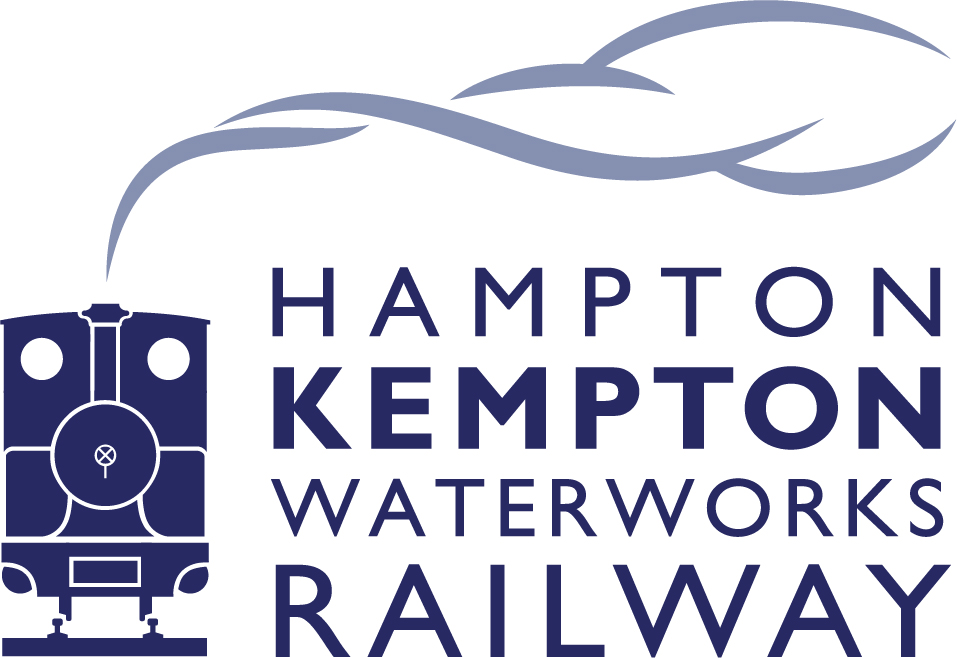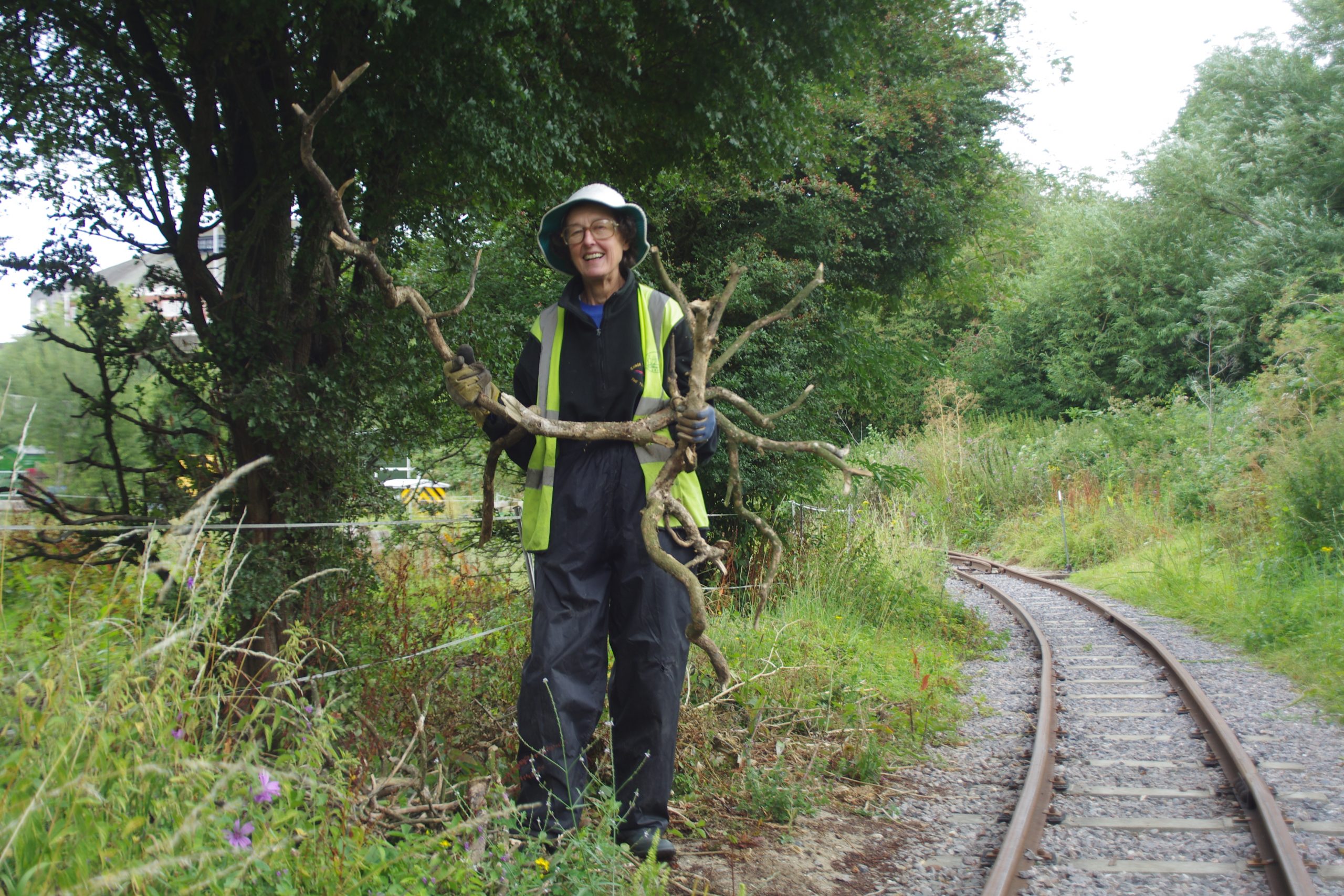Wildlife and our environment
By Janet Hales, Volunteer
Our volunteers want to ensure that wildlife and the habitat remains a priority as we progress with our restoration project.
As we build the new railway towards Hampton what will we find in the way of wildlife? We can do lots to bring in more wildflowers, birds, and butterflies. After crossing the Staines Aqueduct, the first area you’ll see will be the South Field. At present, this is a large wilderness area with huge patches of bramble taking over. This is already a great habitat but we can make it more varied – we’ll plant wild plums and cherries, hawthorn, guelder rose, honeysuckle and wild clematis – to provide bushes and shrubs in dense thickets, which will be perfect for birds nesting. Then we can clear some areas and turn the soil to see what comes up – there should be lots of traditional cornfield weeds to produce a feast of seeds for all sorts of birds. And we have some marshy areas where we can open up small ponds, and you’ll expect to see dragonflies and damselflies, and frogs and toads will come to breed.
Because the area was once parkland, we are lucky to have wonderful old oak trees, their gnarled trunks and branches encrusted with mosses and lichens, and home to hundreds of different sorts of bugs – beetles, moths, spiders and so on, and all the birds that feed on them and nest in the trees – bats and owls too, and we will be putting up nesting boxes for all these.
Volunteers take the first steps in clearing the area for track to be laid.
Then the track goes past the Red House Reservoir which is an internationally listed site for birds including rare migrants, and maybe you’ll be able to spot rare birds as you pass by on the train. Finally, as we approach Hydes Field and the southern terminus of the line, not far from Hampton Waterworks, the track passes through a long strip of woodland. Here we’ll encourage spring flowers, and in the Autumn see what fantastic toadstools may pop up!


